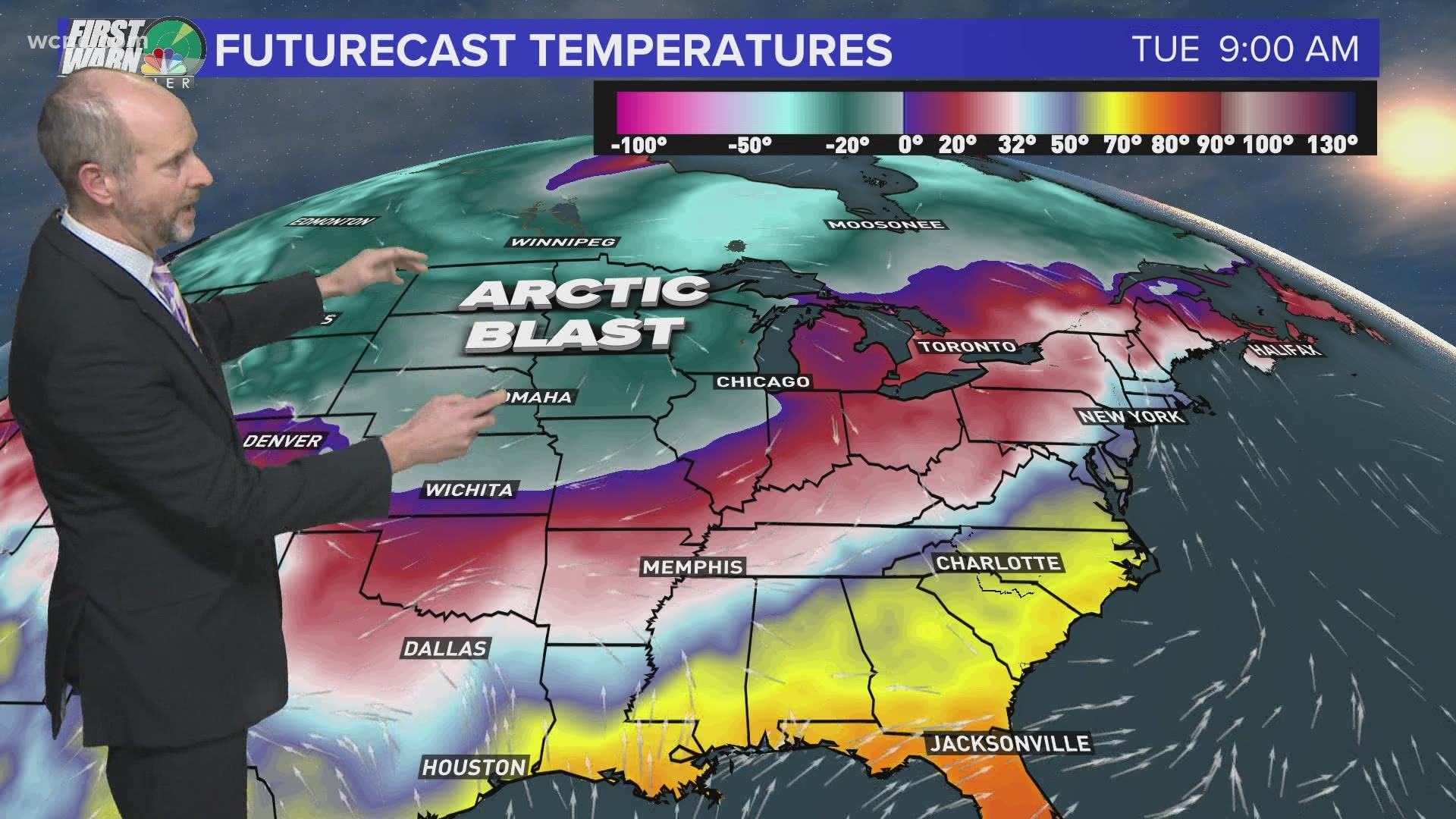

Peggy Whitson on 2 September, 2017 set the record for spending most of the time in space and work around 665 days.

India's Kalpana Chawla and Sunita Williams have also done research in this. It can easily be seen from Earth without the use of a telescope.Ī partnership between European countries (represented by ESA), the United States (NASA), Japan (JAXA), Canada (CSA) and Russia (Roscosmos), the International Space Station is the world's largest international cooperative programme in science and technology.Ģ30 people from 18 countries have visited the International Space Station. Do you know that in one day, the station travels about the distance it would take to go from Earth to the moon and back? If viewed from the Earth it looks like planet Venus in brightness and appears like a bright moving light across the night sky. It circles the globe every 90 minutes at a speed of about 17,500 mph (28,000 km/h). The space station flies at an average altitude of approximately 248 miles (approx 400 km) above the Earth. In the space station, around six astronauts can last up to six months. It has several solar panels and its weight is approximately 391,000 kilograms. Since 2 November, 2000, continuously astronauts are working in this station. Two years later, the station was ready for people. On 20 November, 1998, the first piece of ISS was launched by Russia. The International Space Station is the largest spacecraft ever built and is placed in Earth's orbit. This is a station created by scientists in space where space can be studied in depth. It would not be wrong to say that it is a laboratory flying in space, new technology, astronomical, environment and geological research. Let's now study about the International Space Station and Tiangong-1. It was 10.4-meter-long spacecraft hosted by two astronauts. Tiangong-2 was launched in September 2016 to test advanced life support and refuelling and resupply capabilities that are important to maintaining an inhabited space station in low Earth orbit. Let us tell you that China's Tiangong 2 space lab, a precursor to the country's planned space station and its mission ended in July 2019. Space Station has been built so that scientists can work in space for a long time. Past stations include Almas and Salyut series, Skylab, Mir and Tiangong-1. How many space stations are there in the world?Īs of 2019, only one space station is operational namely International Space Station (Operating and permanently inhabited). However, the space station is a kind of platform from where the earth can be surveyed the mysteries of the sky can be known. NASA uses this station to learn about living and working in space which will help to explore space. The space station orbit approximately 250 miles above the Earth. Let us tell you that the space station is made up of several pieces which were put together in space by astronauts.

It is a kind of science lab, many countries worked together to build it and also, work together to use it. Basically, it is a large spacecraft or man-made station in space, a home where astronauts live and also receives several spacecraft from the Earth.


 0 kommentar(er)
0 kommentar(er)
